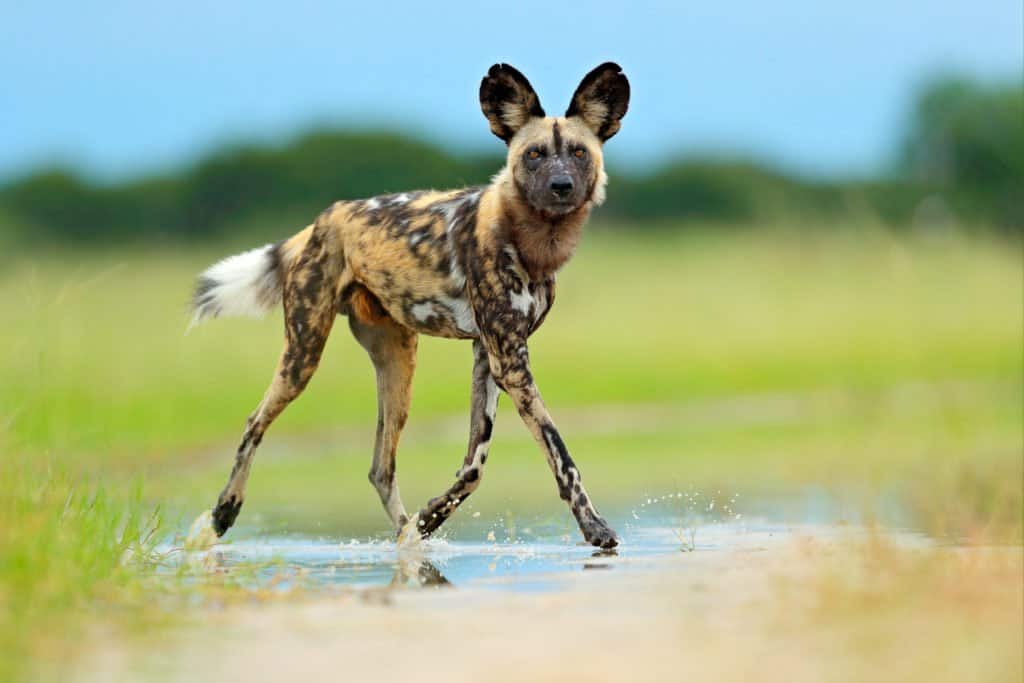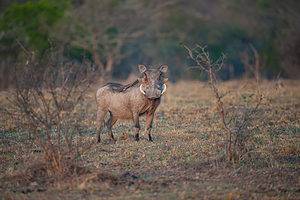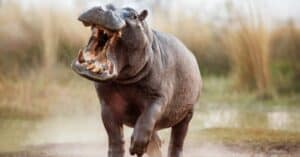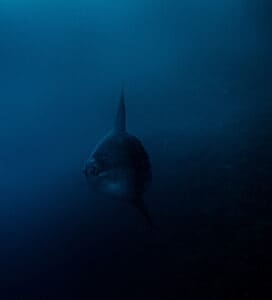There are many ways in which humans are responsible for the acceleration of ‘the sixth mass extinction’ that is happening right now. Due to unsustainable and unconscious use of resources, such as
- Cutting off trees without consideration towards ecology
- Unchecked poaching, hunting of animals, birds and fish for commercial and entertainment purposes.
- Changing the course of natural water resource for irrigation, creating manmade reservoirs
- Damaging and unsustainable agricultural practices
- Unchecked emission of CO2
- Over farming of livestock, fish and birds
- Unsustainable usage of natural resources in manufacturing and processing of food, textiles, vehicles etc.
- Unplanned development of cities and towns with poor waste management.
We have arrived at the brink of the irreversible point from where we will not be able to counter the environmental calamity facing us. The biggest brunt has been borne by the animal, bird and fish species across the globe, which has seen a 99% extinction in the past five hundred years alone. However, there are many organizations that are doing a lot and while researching endangered animals, you must have stumbled upon the acronym IUCN and may have thought: What is the IUCN? So let’s answer your questions.
IUCN: The Basics
The IUCN — which stands for International Union for Conservation of Nature and Natural Resources— is the world’s largest global environmental network. Established in 1948, the organization develops sustainable solutions to ecological challenges.
According to its mission statement, the IUCN aims to “influence, encourage and assist societies throughout the world to conserve nature and to ensure that any use of natural resources is equitable and ecologically sustainable.”
What does that mean in simpler language? The IUCN is a group of researchers, scientists, governments, conservation organizations, and administrators from around the world that monitor the planet’s species.
In its roll, the IUCN is ideally positioned to manage international conservation efforts and provide support to communities facing environmental hurdles. The group also develops sustainable ecology programs, both alone and in conjunction with other organizations.
Whenever possible, the IUCN champions “nature-based solutions.”
Who Founded the IUCN?
An international effort, governments, corporations, and foundations collectively funded the IUCN. Originally headquartered in Fontainebleau, France, it now calls Gland, Switzerland home base.
The United Nations Educational, Scientific, and Cultural Organization (UNESCO) chartered the IUCN. Julian Huxley, a British biologist and then director general of UNESCO, spearheaded the initiative. At its founding, the organization was the first to encompass all of nature. Previously, groups had only focused of one region or animal.
Over the years, the organization has rebranded itself several times. In the early years (1948–1956) it was known as the International Union for the Protection of Nature. Between 1990 and 2008, it tried on the shorter “World Conservation Union,” but ultimately switched back.
International cooperation has endured for 70-plus years, and today, the International Union for the Conservation of Nature collaborates with over 16,000 volunteer scientists in over 160 countries. Additionally, 1,400 government and privately funded agencies participate. And finally, approximately 1,000 full-time staff in 50 countries keep the IUCN running.
The Red List
In 1994, the IUCN unveiled the Red List — an international ranking of endangered species. Currently, the Red List categorizes about 60,000 plant and animal species into seven categories:
- Extinct: Animals that no longer exists anywhere on Earth
- Extinct in the Wild: Species only extant in captive environments, like zoos
- Critically Endangered: Animals on the verge of becoming extinct in the wild characterized by rapid popular decline
- Endangered: Endangered animals are also on the verge of becoming extinct, but their populations are larger than species listed as Critically Endangered.
- Vulnerable: Species experiencing steady declines over several decades with habitat loss issues looming
- Near Threatened: Animals that are recently experiencing population declines
- Least Concern: Species with healthy populations and no immediate threats

The
African wild dog
is classified as an endangered species, meaning they’re on the verge of becoming extinct.
©Ondrej Prosicky/Shutterstock.com
Two supplementary categories, Data Deficient and Not Listed, serve as catchalls for animals and plants with healthy populations.
Who Makes Decisions at the IUCN?
We’ve answered the question: What is the IUCN? Now, let’s look at it’s structure — specifically, the organization’s decision-making body.
Called the World Conservation Congress, IUCN’s assembly convenes every four years. During the plenary session, members elect officers and approve budgets. The current president is Razan Al Mubarak, and Bruno Oberle holds the Director General position.
Frequently Asked Questions
The ultimate purpose of the IUCN is to preserve and learn about nature. Thousands of volunteer and staff scientists collaborate on animal- and plant-related research and conservation projects.
IUCN stands for International Union for the Conservation of Nature. The official name of the organization, however, is the International Union for Conservation of Nature and Natural Resources.
The International Union for the Conservation of Nature maintains seven endangered categories and two neutral categories. The endangered species categories are Extinct, Extinct in the Wild, Critically Endangered, Endangered, Vulnerable, and Near Threatened. The other two categories, Data Deficient and Not Listed, are for animals that aren’t in danger.
Yes, the IUCN is reliable in terms of scientific data and institutional knowledge. Nearly every country heeds its advice, and the organization maintains both observer and consultative status with the United Nations. Ultimately, it’s one of the three most influential environmental conservation groups in the world.
While the IUCN is a reliable organization that promotes sound scientific findings, it’s not free of criticism. The main knock against the organization is that it prioritizes nature over people — especially indigenous peoples. For example, the organization called for the expulsion of Maasai tribes from the Ngorongoro Conservation Area and Serengeti National Park, despite the area being their historical home.
Accusations of being too “northern” or “western” in their analysis and approach also plague the IUCN — as do concerns over corporate influence.
Next UP…
- Why are Invasive Species Dangerous to the Environment?: There are various species such as humans that are harmful for nature due to being invasive. What are they and how do they create an impact? Find out here.
- The 6 Best Children’s Books about the Environment for Every Age: Children need education too and conserving nature is everyone’s concern. Teach your children how to care for nature with these amazing books.
- The 10 Most Endangered Species On Earth – And How To Help: Ready to learn more and take action? Read this post to know how you can help these endangered species.
The photo featured at the top of this post is © Thomas Retterath/Shutterstock.com
Sources
- David Burnie, Dorling Kindersley (2011) Animal, The Definitive Visual Guide To The World's Wildlife
- Tom Jackson, Lorenz Books (2007) The World Encyclopedia Of Animals
- David Burnie, Kingfisher (2011) The Kingfisher Animal Encyclopedia
- Richard Mackay, University of California Press (2009) The Atlas Of Endangered Species
- David Burnie, Dorling Kindersley (2008) Illustrated Encyclopedia Of Animals
- Dorling Kindersley (2006) Dorling Kindersley Encyclopedia Of Animals
Thank you for reading! Have some feedback for us? Contact the AZ Animals editorial team.






